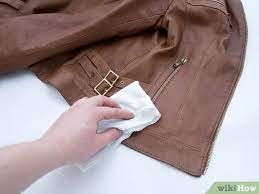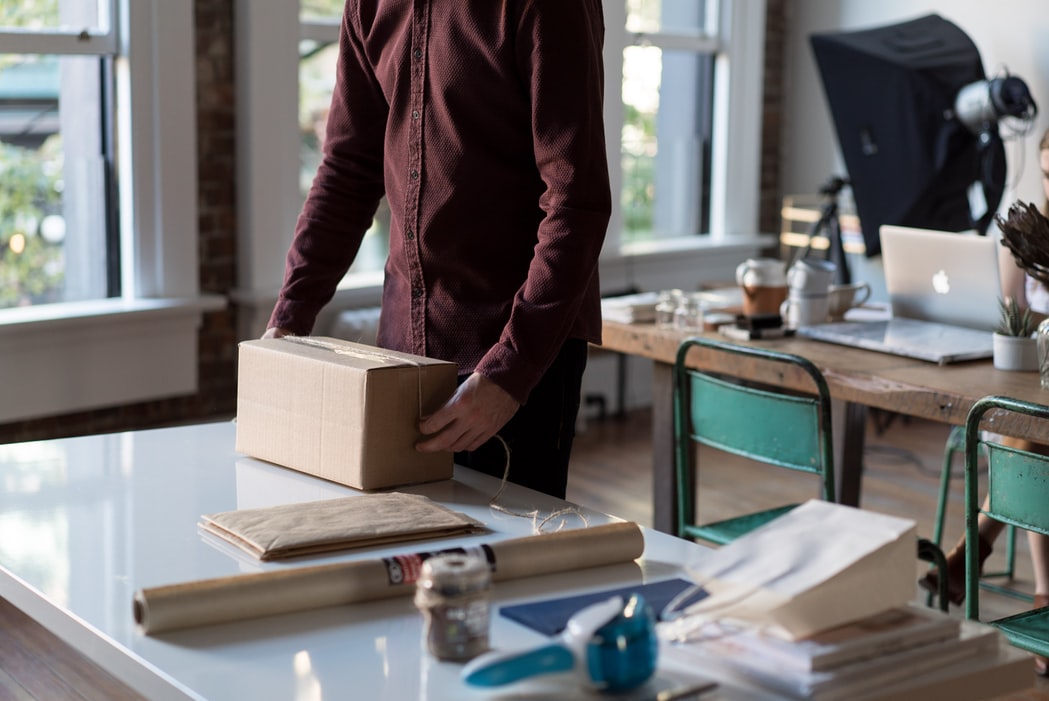Leather is beautiful, but it can be challenging to keep in good condition. It is susceptible to mould and mildew growth, but once leather goods have accumulated stains or wear, they can be challenging to restore. How many leather goods have you discarded because you were unaware of how to clean them? That is all about to change today, as we offer our preferred methods for removing mould from leather.
Mildew stains are not picky. Mould can appear almost anywhere, no matter how much you adore an item or what leather brand you own. It is likely mildew if you notice any white, powdery substance on your leather. The good news is that it is cleanable!
The Simple Way to Remove Mold and Mildew from Leather
The best approach to cleaning mould and mildew relies entirely on the fungus-infested surface. Cleaning leather is not the same as cleaning your carpet or bathroom tile. Examine our mould cleaning recipes for leather to see which is best for you.
What you need:
–A bucket
-Warm water
-Mild dish soap or saddle soap
-Soft cloths or a sponge
-A dry, soft towel
Instructions:
1) Mix equal parts of the mild dish soap and warm water in your bucket. If you cannot find mild dish soap, substitute it with saddle soap.
2) To avoid damaging your leather, test the soap mixture on an inconspicuous area first.
3) If the leather can withstand the mixture, proceed to clean the mouldy areas with a soft cloth or sponge.
4) Rinse the leather with warm water and dry it off with a soft towel.
5) If the mouldy smell lingers, try using a leather conditioner or freshener.
Preventing Mold and Mildew on Leather
Once you have removed mould and mildew from your leather goods, it is essential to take steps to prevent their return. The key is to keep your leather as dry as possible, as mould thrives in humid environments.
Here are some pointers to keep your leather mould-free:
– Store your leather goods in a cool, dry place.
– If possible, avoid storing leather in plastic bags, as this can trap moisture and lead to mould growth.
– If your leather goods will be stored for an extended period, consider using cedar balls or sachets to keep them fresh and dry.
– When cleaning your leather goods, use only a damp cloth; avoid saturating the leather with water.
You’ll be able to enjoy your leather products for many years to come if you keep these tips in mind!
Can Rubbing Alcohol Removes Mold From Leather Car Seats?
Mould can be difficult to remove from leather car seats since there are many folds for mildew to hide in. However, by mixing a few materials that you most likely already have on hand, you can create a solution for cleaning leather car seats that will leave them looking new.
What You’ll Need:
-Rubbing alcohol
-Water
-A spray bottle
-A clean, dry rag
Instructions:
1) In your spray bottle, mix one part of water with one part of rubbing alcohol.
2) Spray the mouldy areas of your leather car seats with the solution.
3) Wipe the seats down with a clean, dry rag.
4) Allow the seats to air dry completely.
5) Enjoy your clean leather car seats!
Additional Tips:
-For best results, clean your leather car seats on a sunny day, and the sunlight will help dry the seats and prevent mould from growing.
-If you don’t have to rub alcohol on hand, white vinegar can be used to substitute.
How to Remove Mold Growth from Unfinished Leather
If you want to remove mould from unfinished leather, you’ll need to be cautious about the ingredients and procedures. If your beloved leather jacket is incomplete, it’s best to use saddle soap to remove mould than to try to produce a homemade leather cleaning.
What You’ll Need:
-A clean, dry rag
-Saddle soap
Instructions:
1) Begin by gently brushing the mouldy areas of your leather with a clean, dry rag. This will help to loosen the mould and make it easier to remove.
2) Next, create a lather with the saddle soap and apply it to the mouldy areas of the leather.
3) Allow the soap to sit on the leather for a few minutes before rinsing it off with clean water.
4) Dry the leather off with a clean towel and allow it to air dry completely.
5) Once the leather is dry, apply a conditioner to help keep it soft and supple.
Additional Tips:
-Unfinished leather is more delicate than finished leather, so it’s essential to take extra care when cleaning it.
-Avoid using harsh chemicals or cleaners on unfinished leather, as these can damage the material.
-If you’re unsure whether your leather is finished or unfinished, it’s best to err on caution and use saddle soap to clean it.
Proper Use of Leather Conditioner
Leather conditioner is vital for keeping your leather goods looking their best. When used correctly, it can help restore moisture and protect your leather from damage.
However, it’s important to note that not all conditioners are created equal, and some products on the market can do more harm than good to your leather.
When choosing a leather conditioner, be sure to select one specifically designed for use on leather. Many all-purpose cleaners and conditioners contain ingredients that can damage leather, so it’s best to avoid these products.
It’s also essential to test the conditioner on a small, inconspicuous area of your leather before applying it to the entire piece. This will help you ensure that the conditioner is compatible with your leather and won’t cause any damage.
Best Tips for Cleaning Leather Shoes
Leather shoes are a wardrobe staple for many people, but they can be difficult to keep clean. Here are a few tips for cleaning leather shoes and keeping them looking their best:
1) Remove excess dirt and debris by brushing them with a soft-bristled brush.
2) Make a cleaning solution by mixing equal parts of water and vinegar.
3) Dip a clean cloth in the solution and use it to wipe down your shoes.
4) Rinse the shoes with clean water and allow them to air dry.
5) Apply a leather conditioner to help keep them soft and supple.
Additional Tips:
- For best results, clean your leather shoes on a sunny day. The sunlight will help to dry the shoes and prevent mould from growing.
- If you don’t have vinegar on hand, lemon juice can be used to substitute.
- Never put leather shoes in the washing machine, as this can damage them
Can baking soda be used to remove mildew from leather?
Yes, you may use baking soda to eliminate mildew from leather. To employ this approach, prepare a paste of baking soda and water and apply it to the affected regions. Wait for a few minutes to wipe away the paste with a clean, dry cloth. You may need to repeat this method several times to eradicate the mildew. Once the mould has been removed, condition the leather to help prevent it from happening again.
Use a Soft Brush for Leather Furniture
If you have leather furniture, it’s important to know how to properly care for it. One of the best ways to keep leather surface looking its best is to regularly dust it with a soft-bristled brush followed by a clean cloth.
This will help to remove any dirt or debris that has accumulated on the leather surface. It’s also important to vacuum your leather furniture on a regular basis to remove any embedded dirt.
In addition to dusting and vacuuming, you should also clean your leather furniture with a mild soap and water solution and a damp cloth. Be sure to test the solution on a small, inconspicuous area of the leather before applying it to the entire piece.
Can baby shampoo be used to clean leather?
No, baby shampoo should not be used to clean leather. Baby shampoo is designed for sensitive skin, which means it’s gentle enough to use on a baby’s hair. However, this also means it’s not strong enough to clean leather items effectively. If you want to use a shampoo to clean your leather, opt for mild dish soap.
Final Thoughts
Mould and mildew can destroy your leather items, but you can remove these tenacious stains with elbow work. Make sure to keep your leather bags and belts in a cool, dry place to avoid mould growth in the future. Your leather goods will last for years if properly cared for so always remember to use a leather cleaner and not corrosive materials.
Your leather bag and other leather items will thank you for it!



